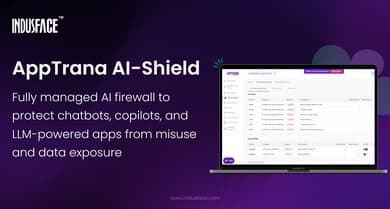In an age where agile methodology is often misunderstood and prioritized over traditional practices, Info-Tech Research Group has released a new industry blueprint, Manage Requirements in an Agile Environment. The blueprint offers insights into striking a balance between the waterfall and agile disciplines to achieve project success.
Balancing Agile and Waterfall Methods
Agile was intended to revolutionize project delivery, but many organizations have misinterpreted its core principles. As a result, critical components of project management, such as team formation, stakeholder engagement, and documentation, are sometimes overlooked or devalued. Info-Tech’s latest resource aims to help organizational leaders understand and combine the benefits of both agile and waterfall approaches, resulting in improved flexibility, continuous delivery, and enhanced collaboration.
Three Sprint Phases for Requirements
To address the challenge of balancing agile and waterfall methodologies, Info-Tech has developed a requirements process framework broken down into three sprint phases. The phases are as follows:
- Sprint N(-1) – Gathering and documenting requirements and prioritizing them.
- Sprint N – Defining acceptance criteria and supporting testing and quality assurance (QA).
- Sprint N(+1) – Managing changing requirements and collaborating with stakeholders.
Key Considerations in Agile Adoption
Info-Tech’s blueprint also highlights four crucial areas for organizations considering an agile transition:
- Collaboration – A diverse range of subject matter experts is needed for accurate requirements, but their time may be limited.
- Communication – Inform stakeholders throughout the requirements-gathering process to ensure the right information reaches the right people.
- Documentation – Record, organize, and present requirements effectively, but avoid excessive documentation that slows down delivery.
- Control – Establish control points in the requirements-gathering process to confirm, verify, and approve requirements accurately, without hampering delivery.
In summary, by balancing the benefits of both agile and waterfall methodologies, organizations can effectively manage requirements in an agile environment. This approach prevents the misconception of agile as a shortcut and ensures project success through flexibility, continuous delivery, and collaboration.


